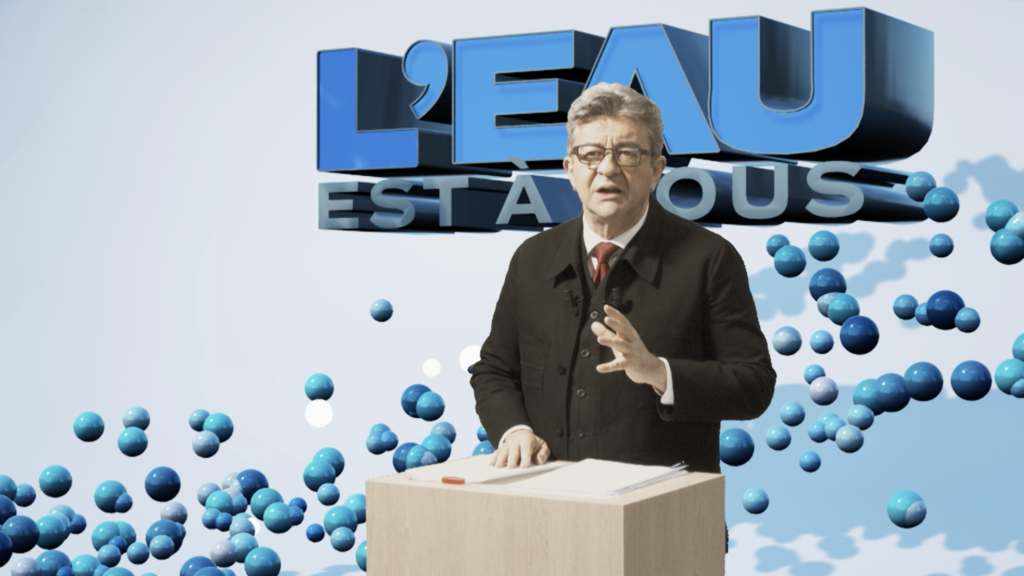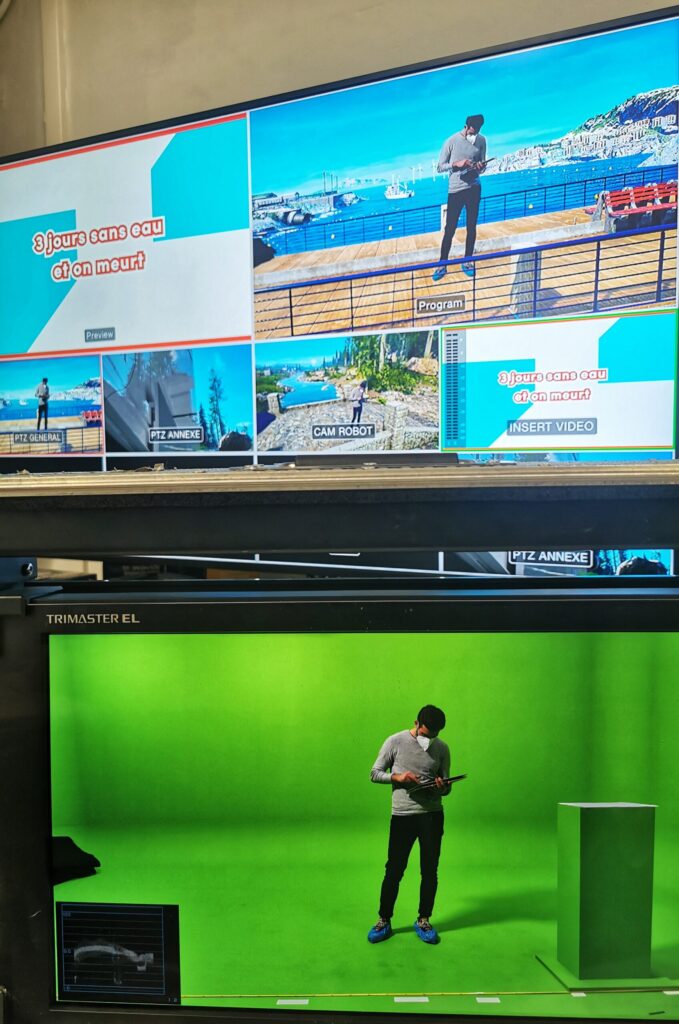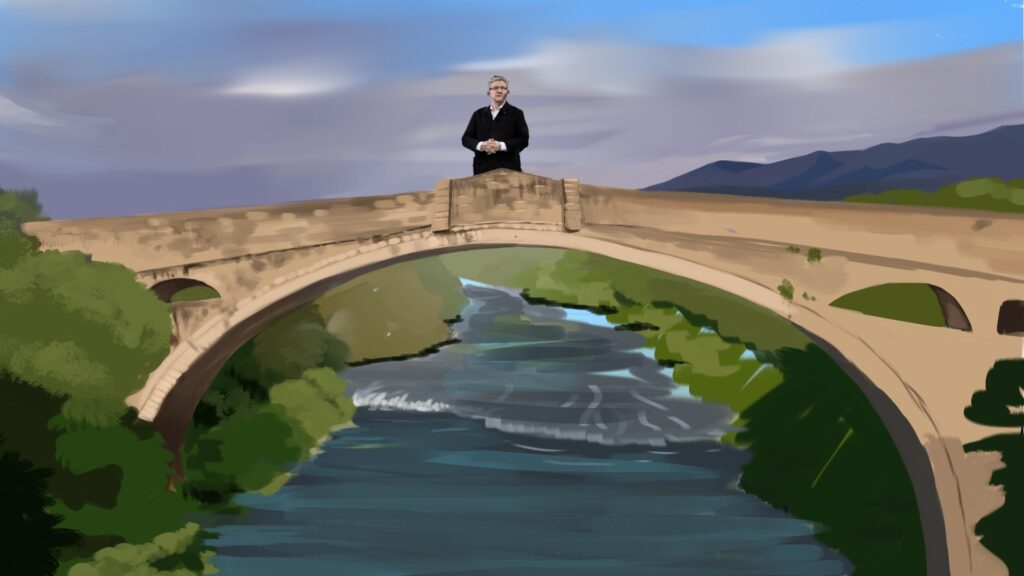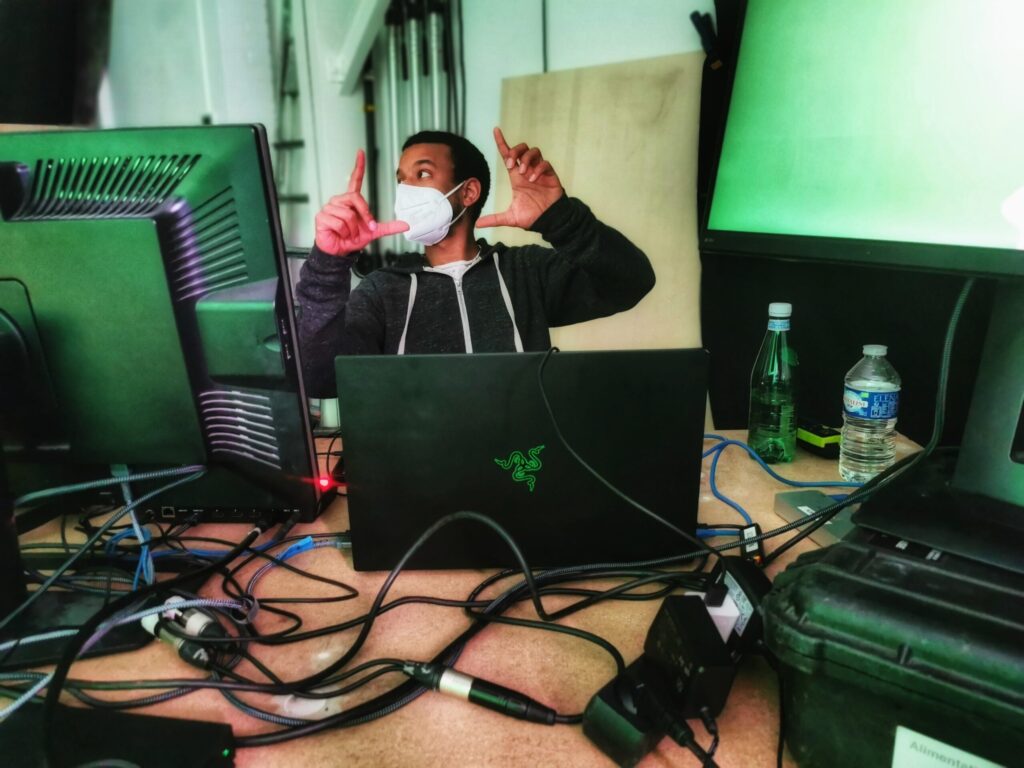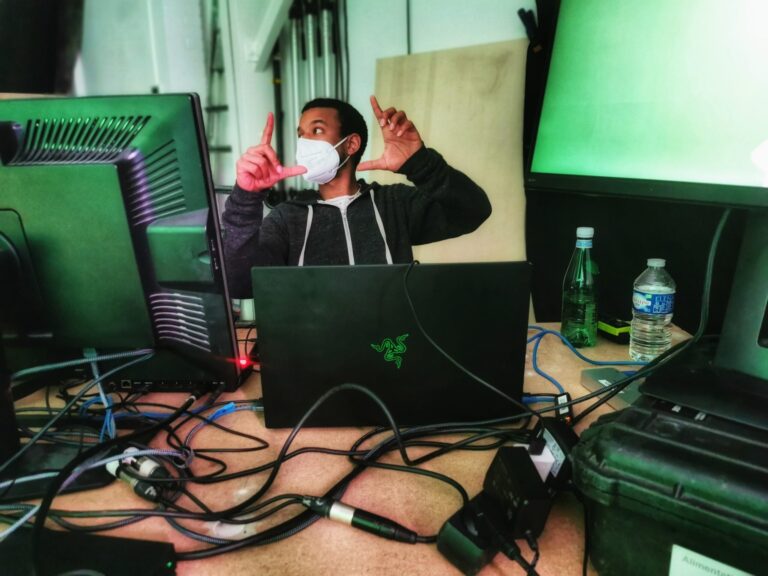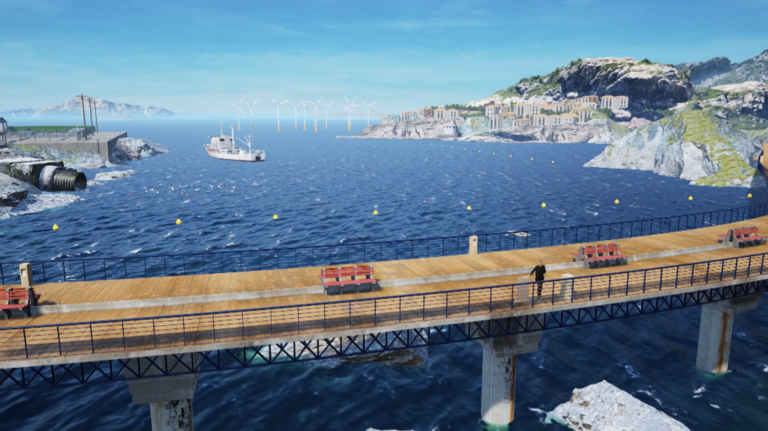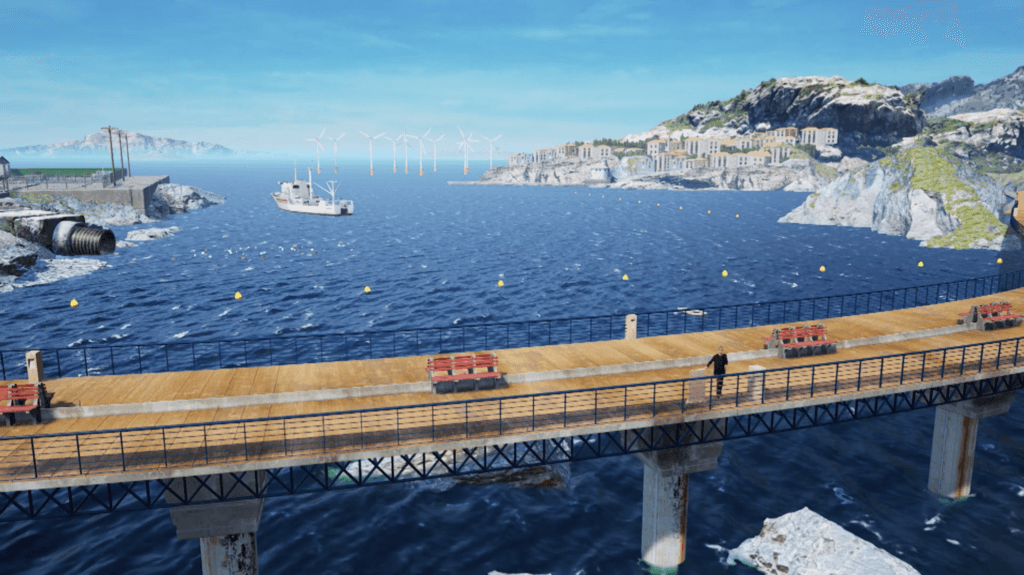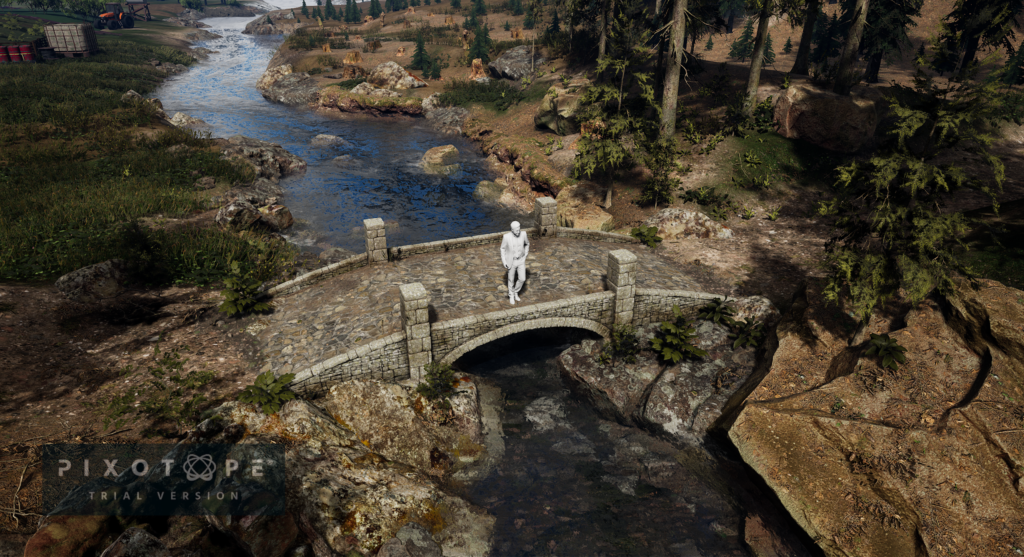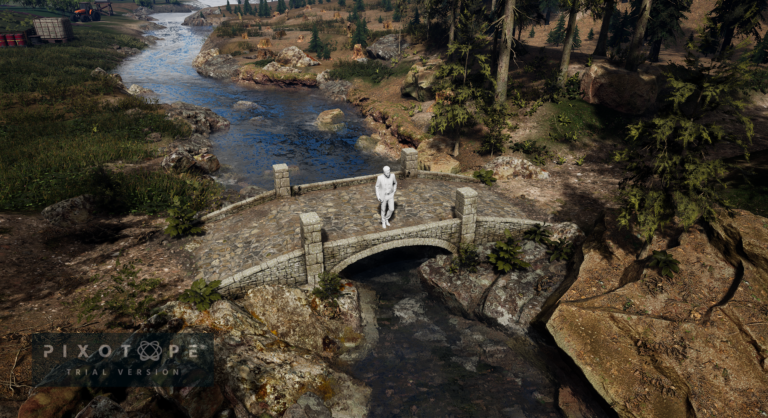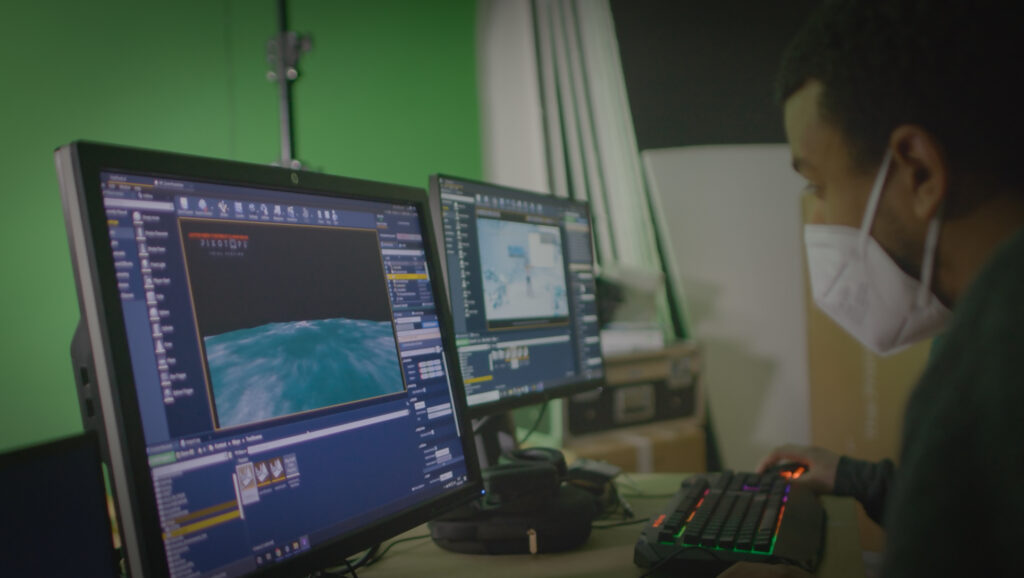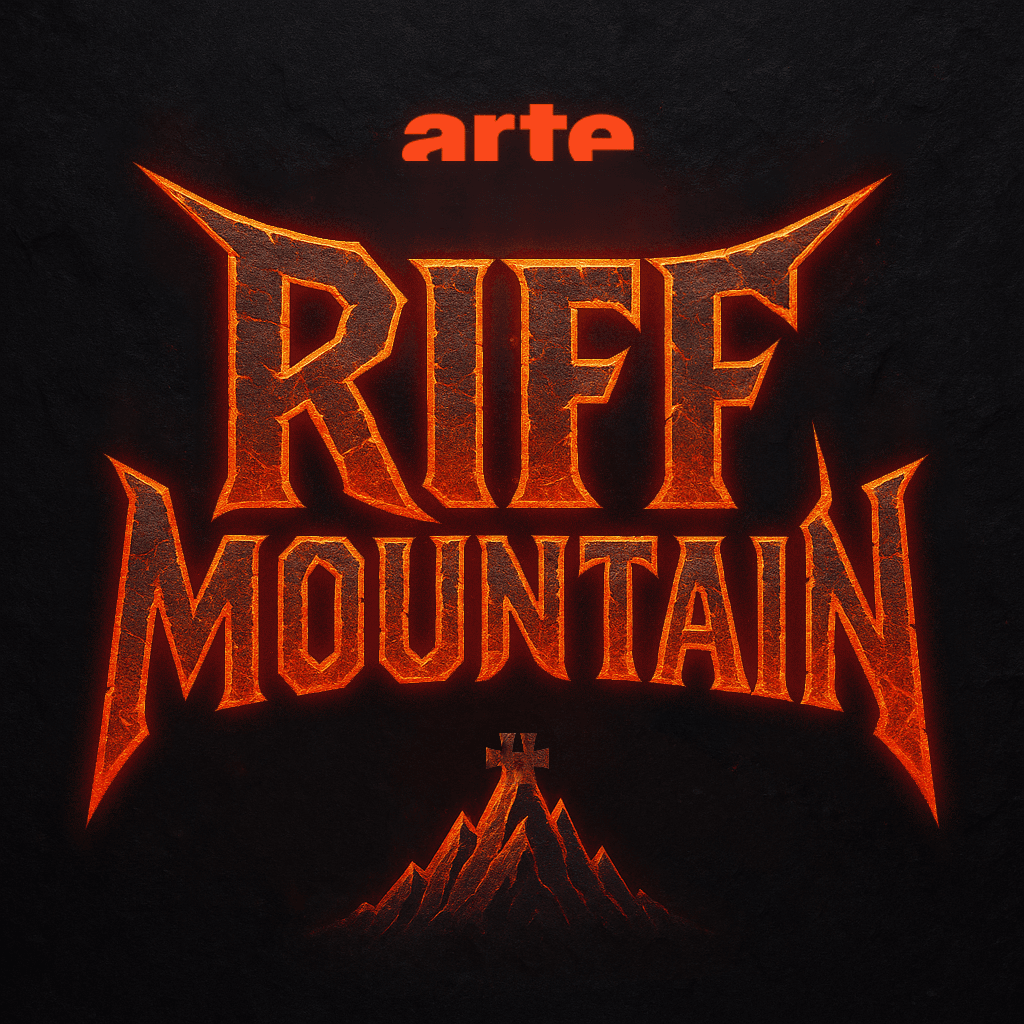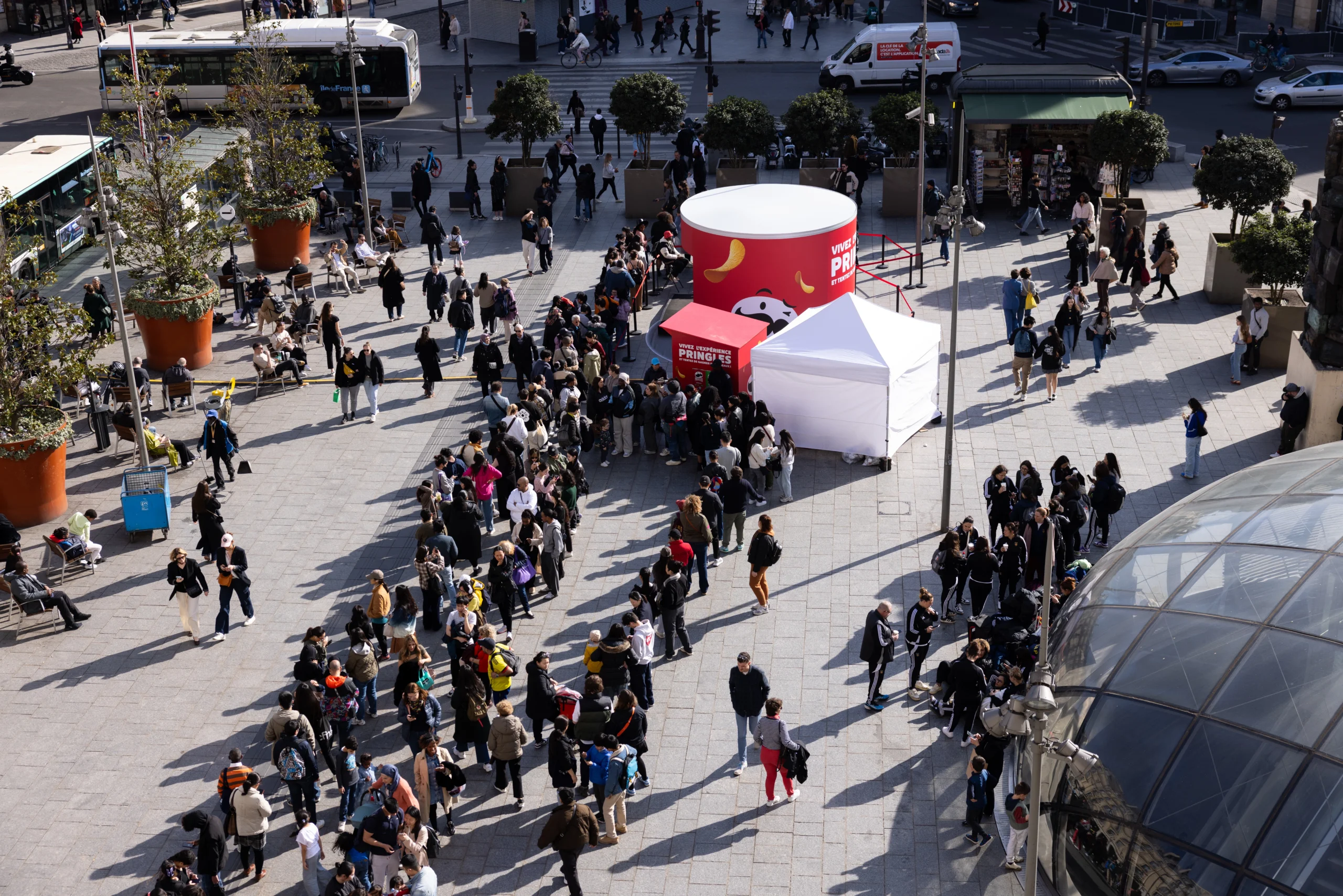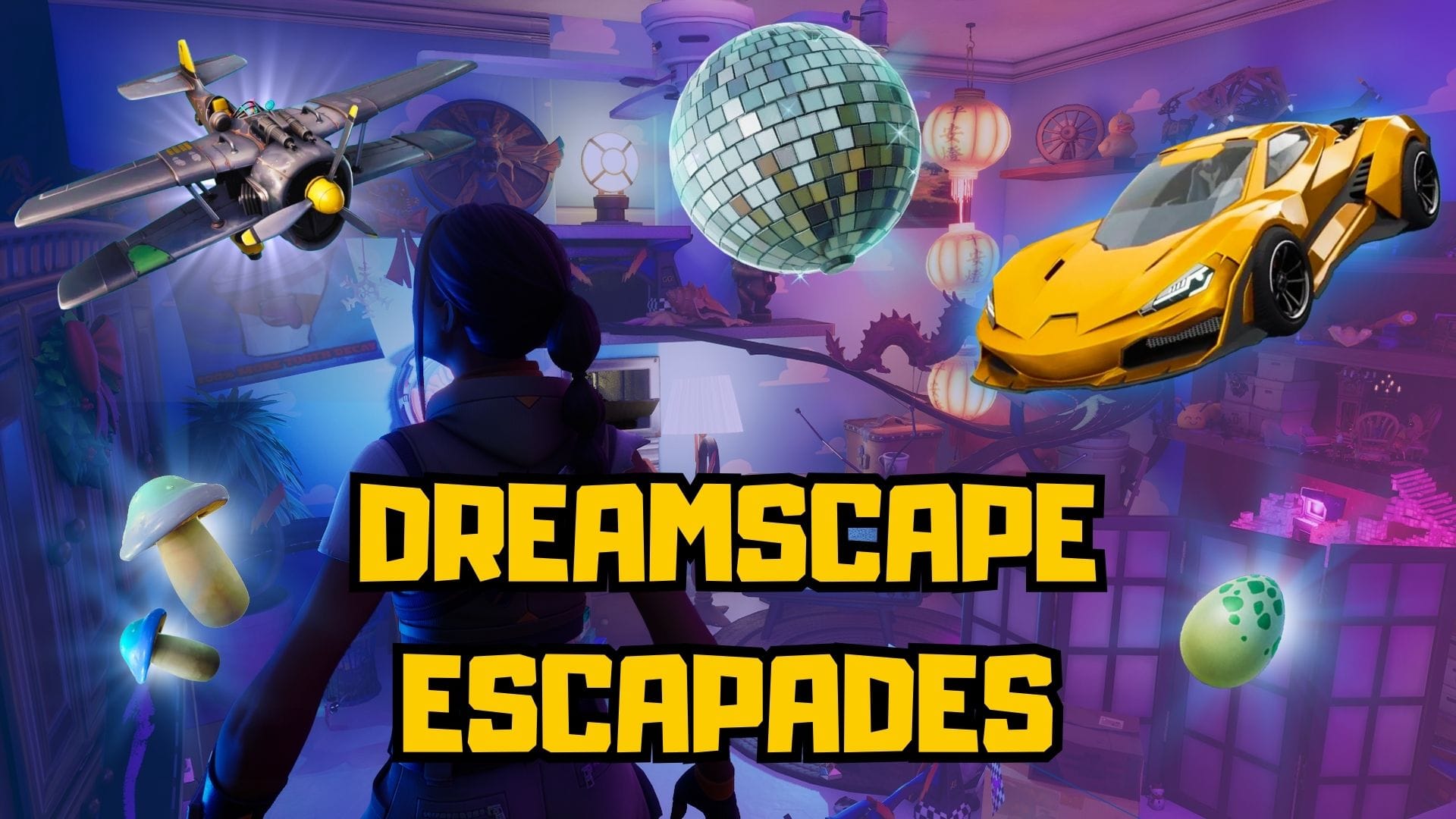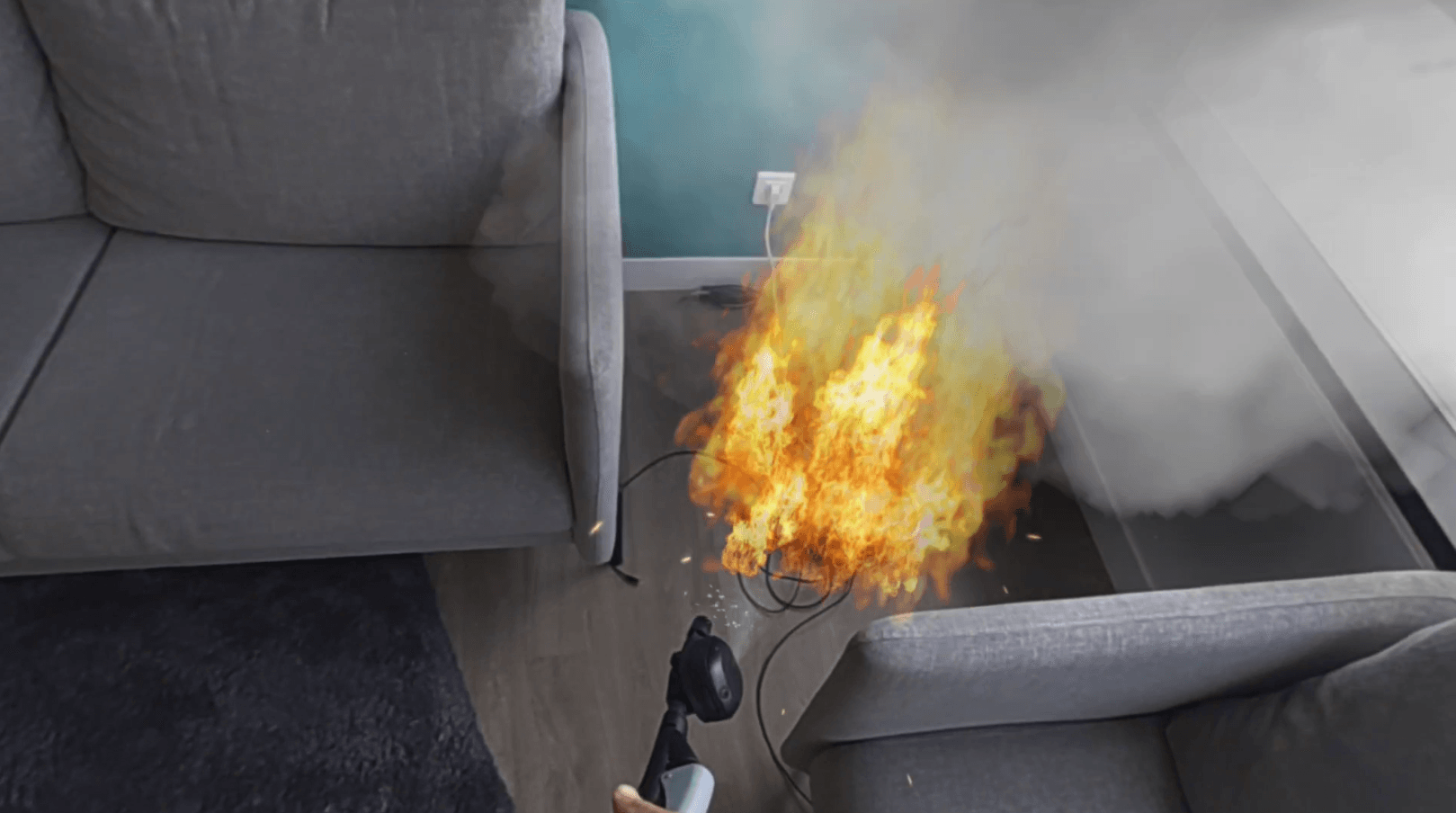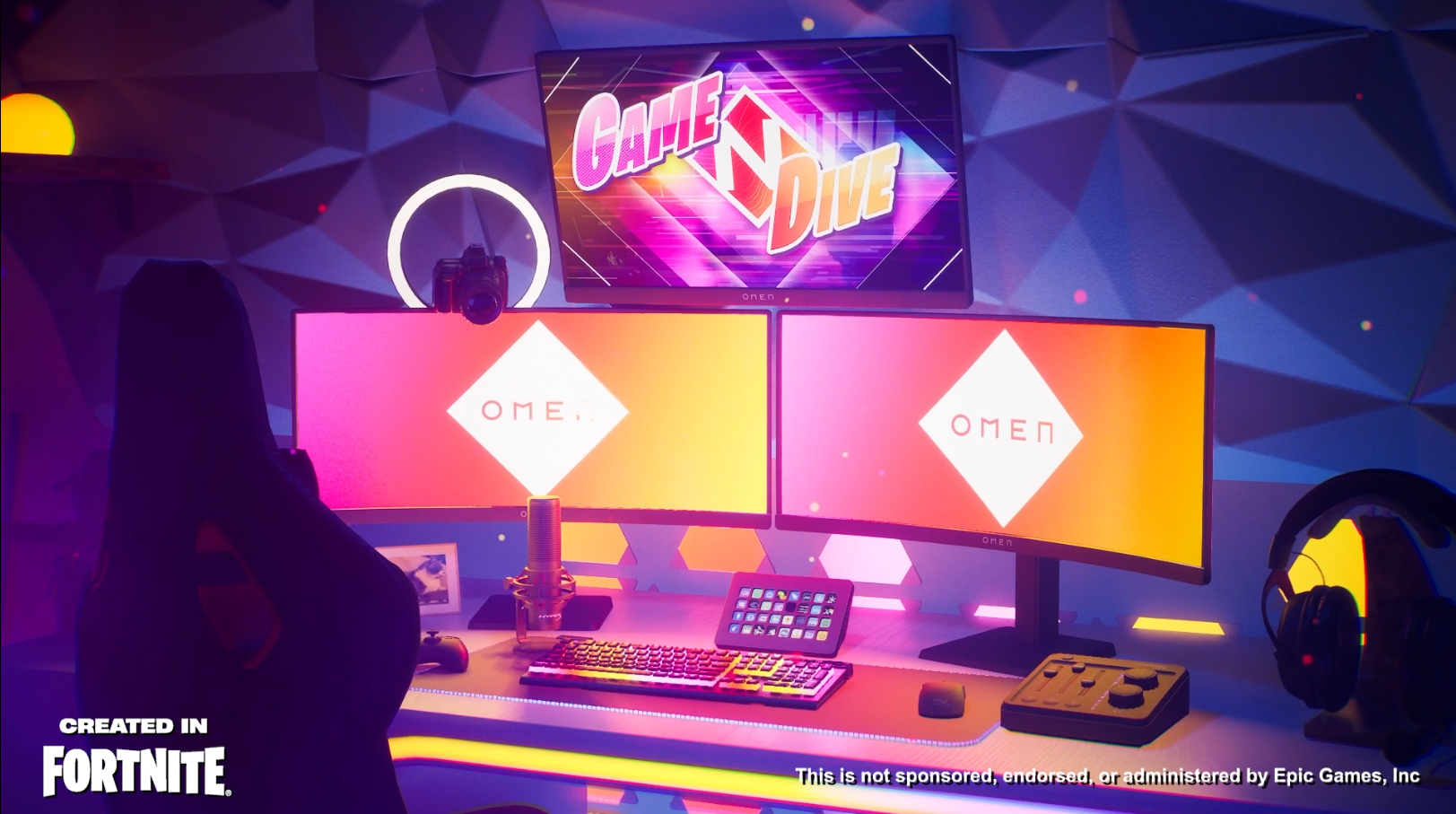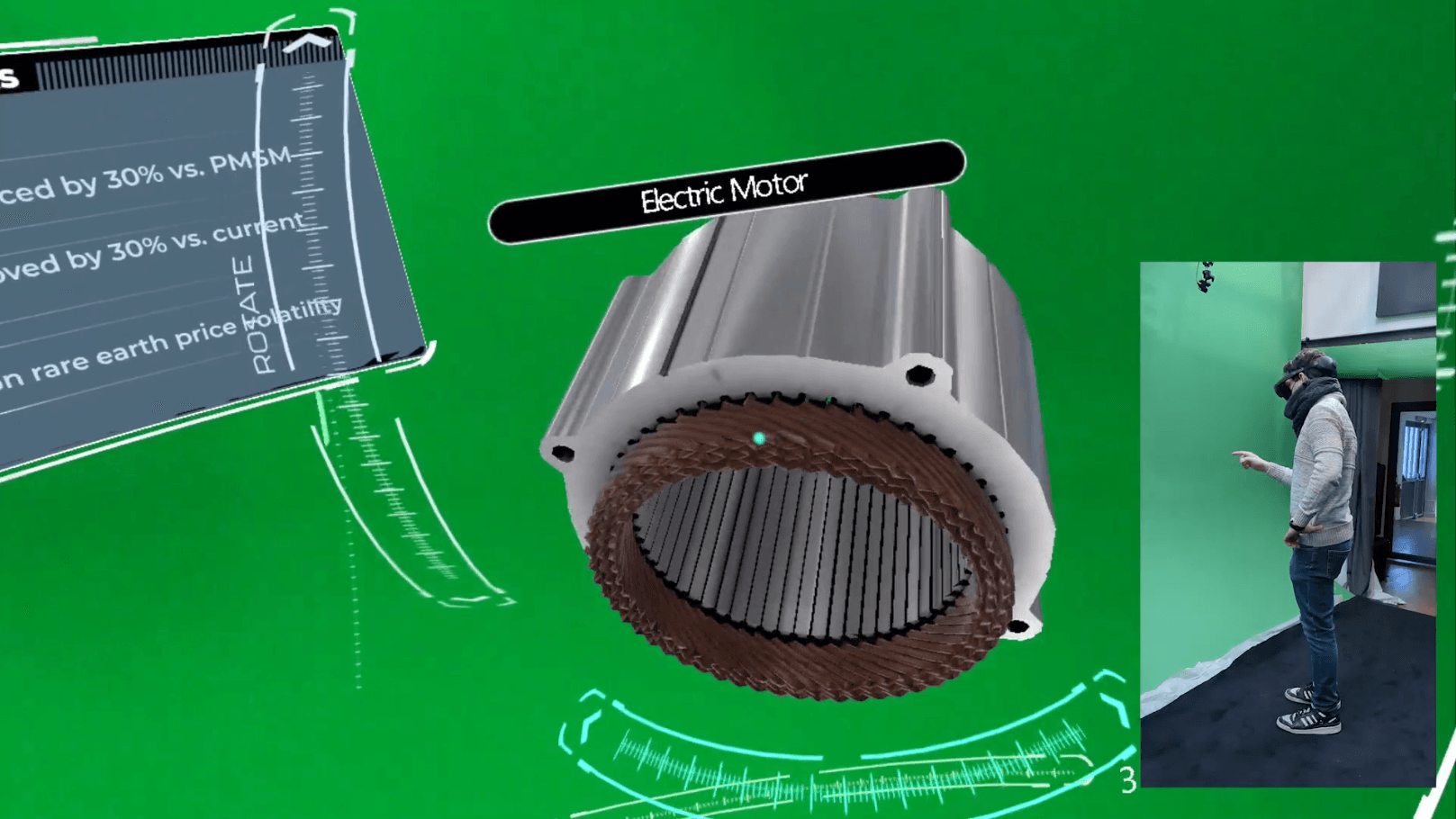After our constructive discussions and the concept stage, we had 3 weeks to produce the sets and set up the filming. We lacked the time and resources of a movie or video game production that typically takes place over a year or two with thousands of people involved. Nonetheless we had to deliver the highest possible visual quality to come close to the standards experienced by the general public every day.
A team of around twenty people (from light and sound engineers to 3D graphic designers, including project production and management) were able to complete this major challenge in time. What we achieved:
To create 3 sets detailed enough for us to film at anytime the key points of interest mentioned by Mr. Mélenchon during his free-flowing speech.
Plan all the animations independently so that we can switch from one to the other without breaking the visual narrative.
With the broadcast being live, we had to find the right balance between rendering quality (visuals), image fluidity and the performance of the 3D environment. For the final result, we had to generate more than 50 frames per second, close to the limits of VR headsets, while for standard films, only half this number is strictly necessary. Finally, a few visual sacrifices helped us achieve a smooth and efficient processing performance.
To do this, our teams worked with the Video Production Software PIXOTOPE, based on EPIC GAMES’ Unreal Engine, to create real-time/on-air, animated and interactive scenery.
The main advantage of using PIXOTOPE is that its tools and interface are optimized for Virtual Video Production by drawing on all the power and technology of Unreal Engine, originally designed for video games.
The result?
3 complete sets offering us total immersion with real-time camera movements adapted to Mr. Mélenchon’s needs during his live meeting.
